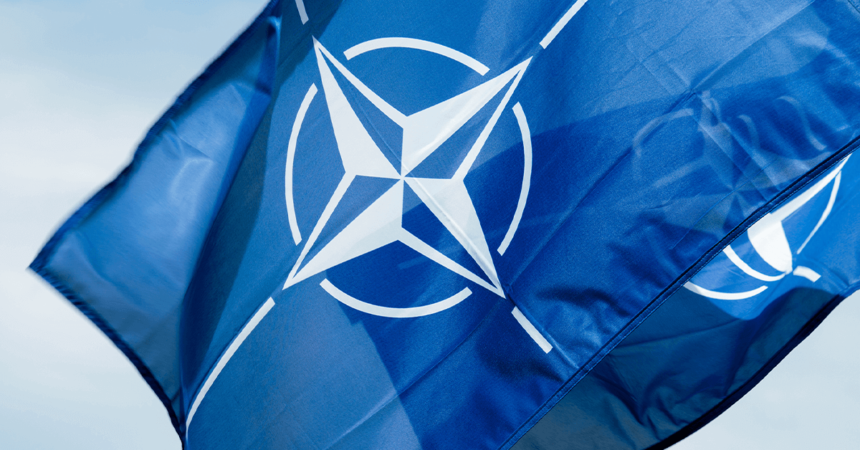NATO has published a summary of its quantum strategy, which outlines the alliance’s vision of using the technology for defense and security purposes.
The military alliance’s foreign ministers approved the plan in November to ensure that the bloc is ready for quantum’s anticipated benefits and downsides.
Under the strategy, the organization also seeks to be prepared for the possibility that the technology could enable NATO’s strategic competitors and potential adversaries. It said the strategy will explore quantum use cases in sensing, imaging, and precise positioning, navigation and timing.
Additionally, the quantum strategy supports establishing a transatlantic quantum community, which NATO plans to use as a platform for collaborative efforts with governments, industry players and academic experts.
Part of the security alliance’s quantum ambitions is to integrate the technology for enhanced submarine detection and advance the development of quantum-resistant cryptography to establish a more secure data communications system.
Even before releasing its strategy, NATO has already invested in developing quantum capabilities.
NATO’s Defence Innovation Accelerator for the North Atlantic program includes quantum innovation efforts. Projects under DIANA include work to produce advanced cryptography for safer communications, develop high-speed lasers for improved satellite connectivity, and deploy quantum-enhanced 3D imaging sensors in challenging undersea environments.


